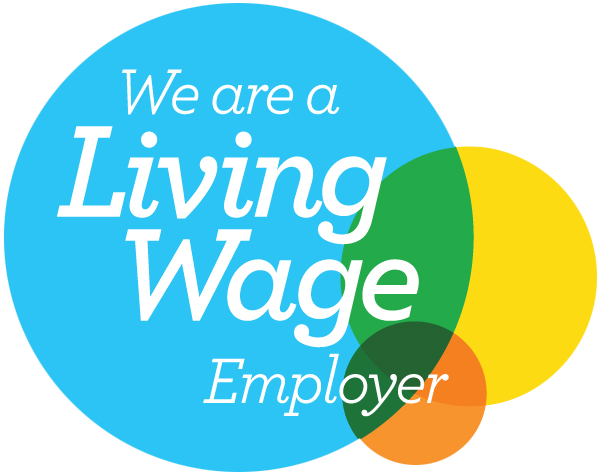
The right choice of pay structure helps companies and organisations to do the following:
Formal pay structures are most common in larger enterprises and the public sector, but can also work well in the SME’s. When choosing a pay structure, you will first need to analyse your industry and type of business; the right structure varies company to company. You can then decide which one would work best for you and your employees. For more information on implementing an effective pay structure follow this link.
Within the healthcare and hospital sector, they generally have a clear and concise broadband structure. The pay bands are based on competitive pay and establish a salary range for the respective jobs within the bands. These bands normally relate to the general staff, whilst the chief executive and other senior type roles often sit on a separate pay structure. The broadbanding compensation structure, which is often used in the healthcare and hospital industries, works well for employers where staff tend to stay within the same organisation and expand on their skills and training to move up within that band.
These organisations also tend to have a wider variety of staff, jobs and skillsets. Broadband pay structures often have an 80 to 300 per cent minimum to maximum pay span; this makes it suitable for these types of industries.
The pay bands are normally calculated by years of experience, starting salary for that bracket and bracket per job role. For example, Band one is 0-1/1+ years’ experience and starting salary of £18,005. As an example, band one might be relevant to administration type roles but not for management. More information about broadbanding can be found here.
Having broadbanding can help with new starters - the knowledge, skills, and experience of a new starter compared to a current employee in that same position ensures that staff members are paid appropriately for their knowledge of the job role and length of service. With these structures yearly reviews can help to then move employees up within that band. So, a band might have five levels, a new starter on that band might start on level one, but a current employee could be on level three. This also gives scope for staff to jump up a band if they enhance their skills, gain new qualifications and further their knowledge and training. This can all help with promotion to a new role within the organisation.
Pay grades are used to establish how much a staff member will be paid per job title or profession. There is usually a job description that comes with that profession and a certain level of skills or qualifications required. This is often done via a formal process to determine where roles fit into each grade of pay.
This can sometimes be based on using a point system to determine an independent way to evaluate a job. Pay grades could result in more disputes amongst employees or new starters. Pay grades tend to be more narrowly defined which means some employees could see themselves excluded from the next pay grade, even though they have the same qualifications or higher than the next pay grade up.
For example, a team leader in a fast-food chain could be on a pay grade of £10 per hour, but have qualifications relevant to a restaurant manager, that is a pay grade of £14 per hour. However, because the pay grade is per job and skill set, and not based on the individual, they would see themselves paid on a lower pay grade for their qualification and experience.
Job families or individual pay rates tend to be for similar functions of job types such as sales or IT staff within tech companies. Job families are similar to broadbanding, but focus much more on the job role within a sector or department. This is a good method for jobs that demand a higher rate of pay or for sought after specialists within a certain type of field.
For further information, help on this topic or to get help with implementing or reviewing a pay structure for your business, please get in touch with a member of the Paydata team today. We will be happy to help and answer any questions you may have.
Sign up for briefings on pay benchmarking, salary surveys, reward strategy and statistical updates.
sign up for updates
© Paydata Ltd 2024 All rights reserved.
Registered in England no: 3632206
VAT no: 728 0808 28
Paydata Ltd, 24 Commerce Road, Lynch Wood, Peterborough, Cambridgeshire, PE2 6LR

